What happens when two talented individuals with huge hearts and the desire to do for others fall in love later in life? Houstonians Molly Boren Whitney and Gary Whitney, ages 84 and 82 respectively and married almost 12 years, have combined their creative energies to bring an award-winning children’s book into the world. And they haven’t stopped there. The couple hosts house concerts for the benefit of undergraduate and graduate music students. They also host popular dinner parties with dazzling tabletops, and their gardens are enchanting. Molly and Gary keep a full calendar and wouldn’t have it any other way. They lead by example, cultivating mutual interests to help and inspire others while living joyfully, despite major health issues and profound personal loss. Previously married with children and grandchildren, it seems that Molly and Gary found each other at exactly the right time in life. They demonstrate that it is never too late to take up a long-held interest or go in new directions. Empty Nest Network is delighted to feature the Whitneys in our Showcase section. Let them inspire you.


About Molly
Originally from Alabama, Molly graduated from Auburn University with an English degree and a minor in French. She taught the subjects in high school, then took a job in human resources for Southern Bell. Her real interest, though, had been art. “Yet I’d never had an art class, from grammar school through college.” Molly thought often about painting, but her parents would always discourage her from pursuing art. The eldest child with 3 younger brothers, Molly’s parents insisted she get an education that could turn into something she could use to better support herself. Feeling she had no choice to do otherwise, Molly put what she felt was her true calling out of her mind.
During this time Molly married, had 2 sons, and a daughter. When her children were old enough that she had some free time, Molly decided to pursue her long-held interest in painting. For her 45th birthday, she began studying at Houston’s Glassell School of Art. She took a number of classes in drawing, composition, art history, and watercolor, and fell completely in love with the latter. Molly felt she needed to wait, though, until her children were older before she could commit more time to painting.
Empty Nester mom takes flight
Once her children left for college Molly began painting in earnest, and loved it. “With an empty nest, I suddenly had this freedom to do more, to concentrate on painting without getting in the car and going to pick someone up, or take somebody somewhere.” She said, “I saw a shirt in the Galleria mall that said, ‘If a woman’s place is in the home, then why am I always in my car?’”
“I painted often, and I loved the watercolor teacher at Glassell, Arthur Turner. He has mentored so many people, and we are still good friends.”
It wasn’t long before Molly had three solo art shows at Christ Church Cloister Gallery in Houston. Next, she took a watercolor class while visiting Aspen, at Anderson Ranch in Snowmass. “It is excellent, really outstanding.” By coincidence the class was taught by a Houstonian, Anstis Lundy, whose paintings Molly had seen at Houston’s Moody Gallery, and loved. “Anstis (married to well-known Houston architect, Victor Lundy) did beautiful watercolors and still lifes.” She also had two major paintings in a lobby in the Texas Medical Center. “I’d stay part of the summer in Aspen with a friend, and we had our classes together.” Anstis took the two women under her wing and kept up with Molly back in Houston.
Molly began painting the artwork for Christmas cards for herself and her late husband. At first, Molly painted a different poinsettia each year, and ultimately began using other subjects.
Around this time, Anstis invited her to join a three–person show at a Fort Worth gallery. The participants were Anstis Lundy, Virginia Morrow, and Molly Boren. Their show received rave reviews in the Ft. Worth Star-Telegram. The art critic previously had dismissed watercolor as a serious medium, but after seeing this show he wrote, “These three changed my mind about watercolors.” Molly loved the entire experience. “We had a wonderful show, and it felt very exhilarating to me.”
From there, Molly began painting artwork for greeting cards and had her own business.
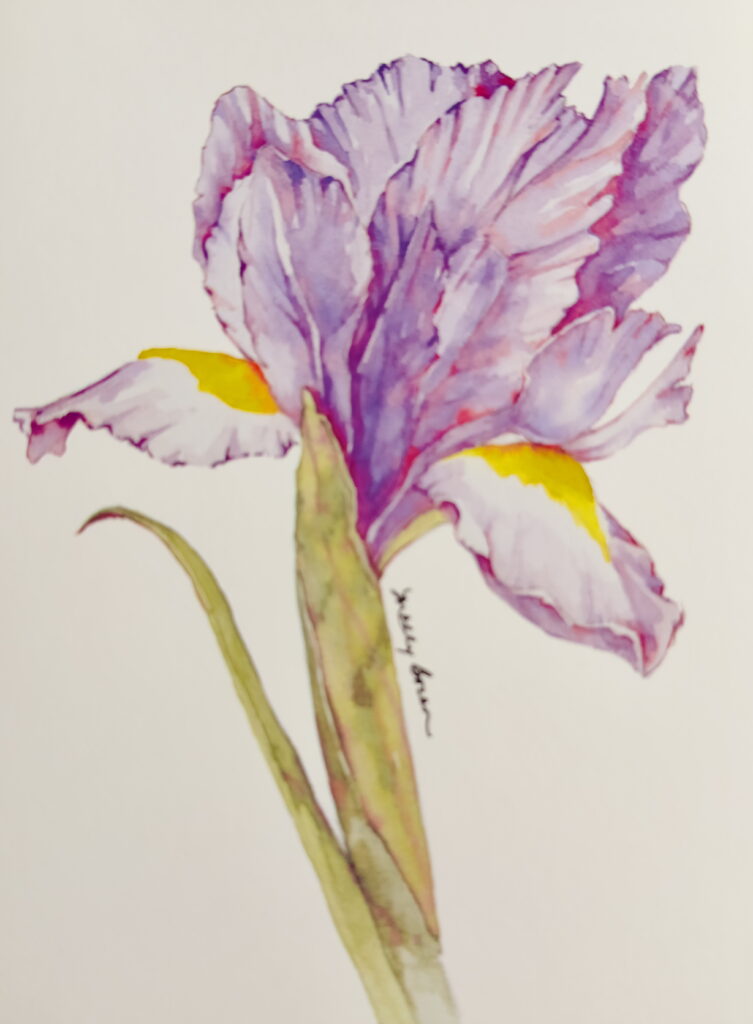
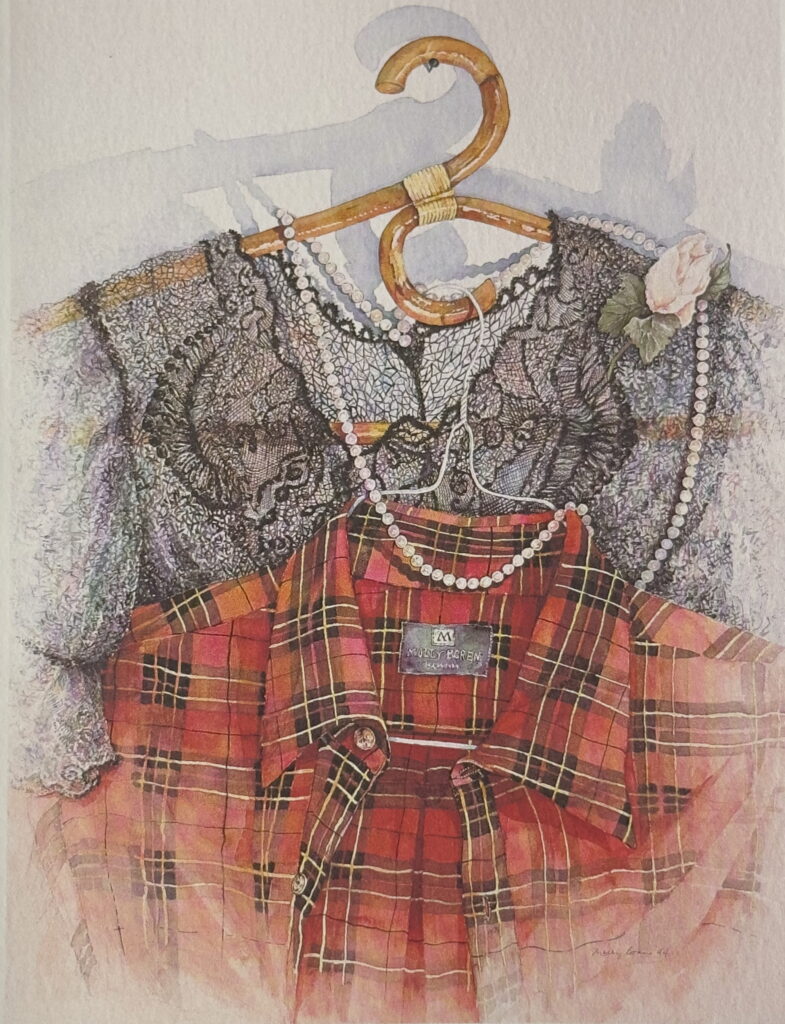

It wasn’t long before she attracted the attention of a greeting card company. She was approached by the Houston Company, MM Designs, to design for them. “I would be only the second designer they’d had. I designed for them for about 10 years, until MM designs was sold to DesignDesign, a company out of Grand Rapids, Michigan. I continued to design through the new company, and truly loved the work.” She enjoyed friendships with the art directors and they remain in touch.
It was around this time that Molly and her husband had their home built, to include a finished-out attic room, which was to be Molly’s art studio. They put in a north-facing skylight and covered a long wall in cork, where she could display her work.
“I felt ecstatic! Elated. Art was so stimulating to me, and I just loved that the studio was mine. “
It is often said that when we are fully immersed in doing what we love, we lose all track of time and an entire day can fly by. This certainly was true for Molly. “If I was working on a painting, I could not stay out of my studio.” At her previous house, Molly’s drafting table was in her kitchen. “I learned to get fully dressed before I started work at the table, otherwise everybody would come home and I’d still be standing there in my bathrobe!”
Molly was passionate about her painting pursuit-turned-professional.
But, as happens in life, deep joy collided with deep grief through the most profound loss a woman can experience – the death of a child.
Coping with the death of one’s child
Molly spoke with me very candidly, for the benefit of our readers, about her son Cliff’s death from drugs in 1999 at age 26 while living in Dallas. Molly had never seen signs that Cliff had a drug problem – or was even using drugs. “He wasn’t ever in any trouble, so we didn’t know.” He had seemed happy. Molly had just been with Cliff and his girlfriend, Beth, along with other family members at an Alabama beach stay. The young couple had flown back home to Dallas, and that very night, Molly received the call that Cliff was in a drug-induced coma at a hospital. Molly flew the next morning to be with him for two days, before he died.
“Nothing after that can phase you, really. There will be many people visiting this website who will have similar experiences, or know someone who has. It’s so surprising how many people have lost children.”
Molly relied upon her strong religious faith and church for comfort and support. She also joined the international support group, The Compassionate Friends. “I would suggest that anybody who has experienced the death of a child give it a try. It really is a safe place, where everybody has experienced what you have.” Molly has built important and lasting relationships through The Compassionate Friends. compassionatefriends.org
Get up. Get out of bed.
Molly offers this advice for a parent who has lost a child:
“Get up. And get out of bed. Start moving. Just focus on trying to build your strength. And you will.” Molly adds that when a child dies, you will never have closure.
Molly was only able to get back on track and start moving forward when it occurred to her that her son Cliff would be horrified if he thought that he had done something that would destroy his mother’s life. At that moment she made a decision, telling herself, “Okay, that’s it. I am going to get up, and get moving again. I will keep going, in his memory.” The decision was a turning point for Molly. “It is what got me moving again. But I never forget him. I think of him every single day. I laugh at him, and I love him.”
Molly says that a grieving parent needs to be prepared for what people sometimes say. Though well-intentioned, some comments can be awkward and counterproductive. Her advice to those who struggle to find the right thing to say to a parent who has lost a child is, “Think before you speak, and refrain from talking about other peoples’ experiences. To say, ‘he/she is in a better place’ is not really very comforting. Because what the parent wants is for the child to be with him or her.” Comments like, “It’s been 6 months, so you ought to be through this” or “Your child chose what happened to them” are best not said, suggests Molly. She says friends can be tempted to instruct a grieving friend about how they should be handling things, out of a sense of wanting to be helpful. “It’s best just to say that you are very sorry. If the grieving parent is receptive to a hug that’s a good thing. At least, it was for me.
“Do excuse things that people say, and just keep focusing on your own healing.” That said, Molly adds that you might find you need to back away from a friendship, if the person is saying things that leave you feeling like they are “taking your bricks down, while you are trying to rebuild your life.”
Above all, Molly feels it is important to remain very open about the situation, and there should never be feelings of shame involved when telling others about a drug–related death. “Your child is as important to you as others are to their parents. Your grief is as intense as anyone else’s, no matter how your child died”, Molly adds.
About Gary
The younger of two brothers, Gary was born in Denver. His father worked for Mountain States Telephone and Telegraph Company and the family was transferred often between Colorado, Idaho, Utah, and Montana. Gary has fond memories of each state but claims his most formative years were spent in Montana. His father was then transferred to Salt Lake City, where Gary spent his junior and senior high school years. One more transfer brought the family back to Denver, where Gary attended the University of Colorado in Boulder, and majored in pre-med. He loved nature and skiing.
Like with Molly’s parents, Gary’s father had his own ideas about his son’s education. He encouraged Gary to pursue pre-med. The problem was, Gary had always been deeply interested in architecture and interiors. “As a kid, I watched my mom put together a home for each and every move.” This sparked Gary’s interest in interior architecture. But the will of his father prevailing, Gary graduated in premed with a distributive degree in psychology, zoology, and chemistry.
The reality of medical school “slapped me in the face,” says Gary. “I realized that I was living my father’s dreams, and not my own. I said, I can’t do this. I’ve got to do what I am meant to. I had this inner voice telling me to go into architecture and interiors.”
Gary visited design shops and spoke with architects. The school brought up most often was Pratt Institute in Brooklyn, NY. Gary recalls the day, in 1964, when his mother safety-pinned $25 to her 21-year-old’s shirt as he got on the red-eye special to New York City. Gary will never forget seeing the city for the first time that morning.
Starting out all over again, Gary earned a Bachelor of Fine Arts in Interior Design followed by a Masters in Interior Architecture, all without the support of his father. By the end of his first semester at Pratt, Gary had earned a full-tuition scholarship, followed by a residence advisorship which earned him free room and board. He was otherwise living on borrowed money from a friend. Difficult as it all was, it proved transformative for Gary to be able to exercise his life’s calling.
Gary moved to Houston, and after 15 years working with 3D/International, a firm he loved, he took the giant step to open the interior architectural firm, The Whitney Group, in partnership with his then-wife.
Gary’s empty nest “moment”
Gary remembers with great clarity the sudden sense of newfound freedom he and his wife felt when they were at an airport, having just put their two college – bound children on different flights. They loved and would miss their children of course, but at that moment Gary and his wife found themselves, hand in hand, skipping down the concourse together, saying, “Let’s go to Disneyworld!” They loved Disneyworld…..and off they went! How provident that Disney would eventually become their firm’s sole client for 11 years. It was pure joy, Gary says, to create spaces for Disney that became special memories for so many guests.
When Gary met Molly
At this point, Gary’s 31-year marriage had ended in divorce, and he looked around to find a new church in Houston. He chose St. Philip Presbyterian Church, where it just so happened that Molly and her husband were longtime members. After a protracted and difficult illness, Molly’s beloved husband passed away. Before long, Gary had to admit that he had an interest in Molly. “Of course, I noticed her. I told myself, here was a woman who was stand-up beautiful (and still is).” But Gary did the honorable thing, deciding he would give Molly a year to grieve after her husband’s death before asking her out.
Friends within the church, however, wouldn’t allow him to wait. A few months shy of the one-year mark, on Mother’s Day, a friend plucked one of the roses being handed out to mothers, took it over to Gary and said, “You should be the one to hand this to Molly.” As Gary passed the rose to Molly, the two had eye contact and exchanged a few quick words, each smiling at the other. Was it a hint of things to come? Gary would later call it a God moment.
At the 11-month mark, a friend of Molly’s walked up to Gary and asked, “Are you ever going to ask Molly out?” Gary explained that he was giving it a year, for Molly’s sake. The woman said, “Well I think she wants to go out with you, so why wait?”
When they went out on their first date, Molly was 72 and Gary, 70. Gary vividly recalls picking Molly up that evening. “While standing outside Molly’s beveled-glass front door, I could see her walking down her staircase, smiling at me. I thought to myself, “Gary, you are in deep weeds!” At church Gary had tried to be very discreet about their dating so he thought it was a total secret. In truth, everyone knew. “We had a wonderful courtship, and fell deeply in love. It didn’t take any time. I just knew.” Molly felt the very same way.
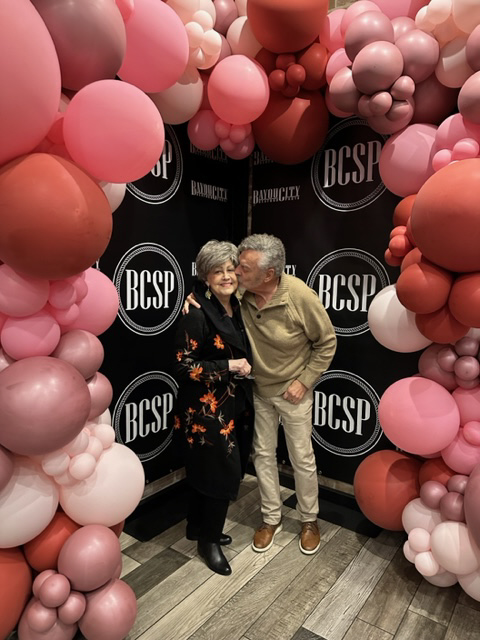
They eloped!
It hadn’t been in their minds to elope, but the couple came to realize that, for two people with grown kids on both sides who hadn’t yet met each other, if they wanted to marry sooner rather than later, it would simplify things to elope together. And so they did, taking their pastor and his wife to the Texas Hill Country to marry them. While the children were sad to miss out on the occasion, after a while all was forgiven, and everyone is happy. “If you put love in your life as the top priority, keep love in your heart toward others, and just give them some time, they will come back. And, they did,” says Gary.
A children’s tale is born
It didn’t take long for the newlyweds to begin blending their creative talents and dreaming up ideas for projects they could enjoy together. One of their first would turn out to be their very special, three-time award-winning children’s book, Thistle Downe.
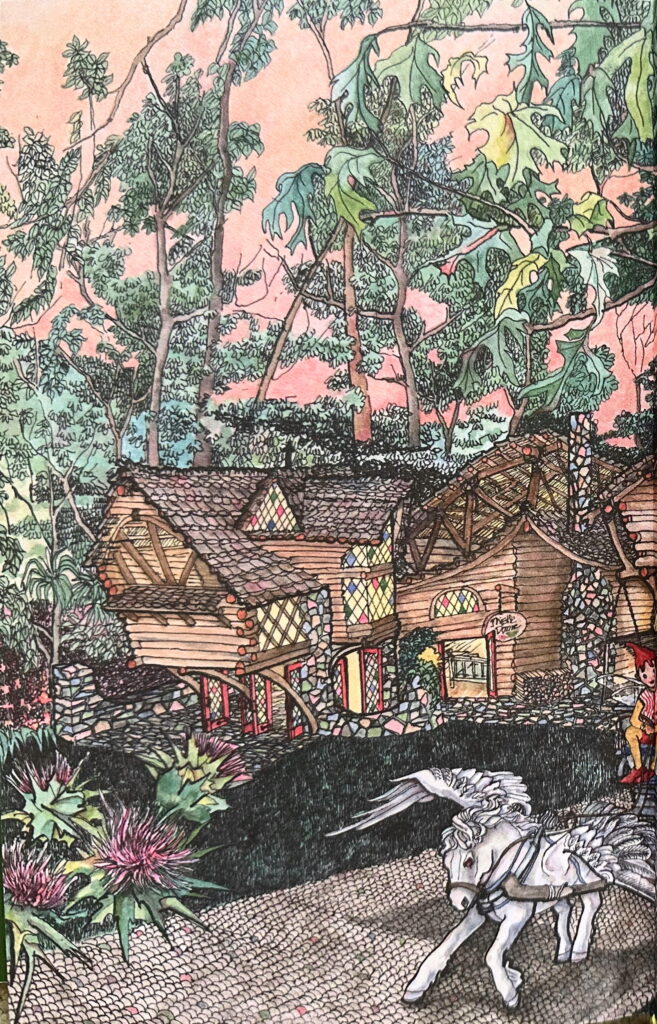
How did the story come to be? For this, we’ll need to go back a bit in Gary’s life to learn how a handmade doll house came to be the inspiration for a fantasy story.
Trolls, trolls, everywhere
When Gary’s children were young, they were given a box of 25 rubber troll dolls by an intern working for Gary’s firm. Gary took one look at the gruff-looking, big-eared, gangly dolls with spiky-red hair and thought, “We can’t have these trolls without a troll house to go with them! I went online trying to find anything that would serve as their house, but there was nothing. At that time, I was living with my wife and children in a high-rise near Hermann Park, so each evening I’d take a garbage bag and flashlight and walk the park, looking for and cutting up fallen limbs and twigs. I cut out a piece of plywood to give it an arbitrary shape, so I could imagine building a dollhouse that was open on front and back sides, to be accessible. All made of twigs. I used hot glue to fix the materials. I cured up a shape like building a log cabin, with overlapping walls that would be flaring and bending – for a troll, you know!”
Gary the architect got into his “zone”. “You look at a twig and imagine and let the twigs lead you with the design.”
“I would lose track of time and stay up late since I couldn’t let the kids know what I was up to building a house for their trolls. I would work until three or four in the morning. I thought only an hour had gone by! Just like when Molly was in her creative zone. I was loving it!” The house had two levels so Gary built a stairway to connect them, a bedroom and bathroom, a downstairs living room, a kitchen and fireplace. “Everything was organic, from nature. There is not a straight wall or right angle in it.” Gary made twigs and branches into walls and roof beams. Pine cone scales became roof shingles, and gravel was used to build fireplaces.
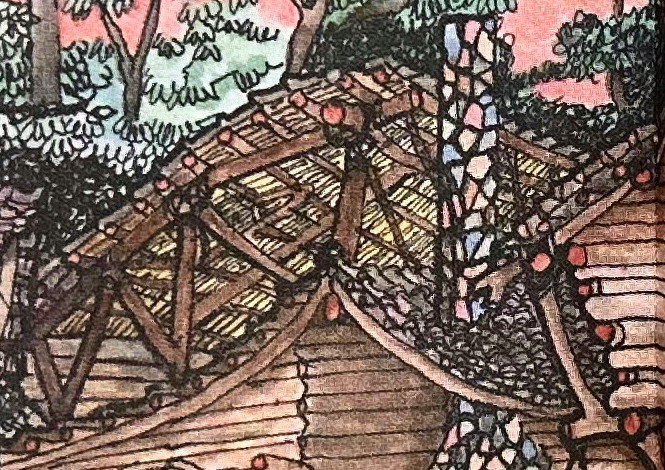
That Christmas morning, Gary’s labor of love – the troll house plus 25 ugly troll dolls – sat under the tree from Dad and Mom. Their children (ages 4 and 7) loved it. Over time and as the kids began to outgrow the dollhouse, Gary would still bring it out as a holiday decoration from Halloween through Easter. Naturally, the troll collection grew to include Dracula, Frankenstein, Santa and bunny trolls. The house also grew when Gary added another room – an open den area with a fireplace.
After Gary’s marriage had ended, the downsized high-rise he moved to wasn’t large enough for the troll house. The family had no room for it at that point either, so Gary gave it to a librarian friend in an elementary school. She displayed it for a while as a centerpiece in the library. But it went the way of storage when the school was demolished. During that time the troll dolls and newer section of the house were lost.
What to do with an old troll house?
After Molly and Gary married, their home had room for the troll dwelling and Gary received it back from his librarian friend. When Molly had first seen it, she’d immediately said, “This is part of your history, part of your life. You do need it back.”
Gary set about lovingly restoring it and rebuilt the missing room. For the couple’s first Christmas, Gary found a few dolls including Santa and Mrs. Claus, and placed them in the dollhouse which sat in their entry hall as a Christmas decoration.
Out of habit, Gary went to put it in the attic after Christmas when Molly exclaimed, “What are you doing? That’s not going anywhere! I never had a dollhouse before, and I really wanted one. Don’t put it away!”
The troll house lived in their foyer, and grew much larger. What a conversation piece it was! Visiting friends were offered a refreshment and a chair would be pulled up, so they could take a visual tour of the fantasy dwelling. People were captivated. “They would linger and ask a lot of wonderful questions about it.”
Trolls and fairies, of course!
There came a point in conversations between the couple when it seemed Molly thought of the fantasy house as more fitting for a fairy. But Gary still thought of it as his troll’s house. Molly had always admired Cecily Mary Barker’s fairy books and figurines. She began collecting Barker’s porcelain ornaments, which turned out to be the perfect size and scale for the dollhouse. The couple decided that troll and fairy would live there, together. They would be named Tyson and Amelia, and their house would be named Thistle Downe.
The troll dolls long gone, they looked around for a troll to represent Tyson, but couldn’t find any of the right proportions for the house. Gary set about making a scaled-down troll that would also be compatible in size with the fairies, using polymer clay fired in an oven.
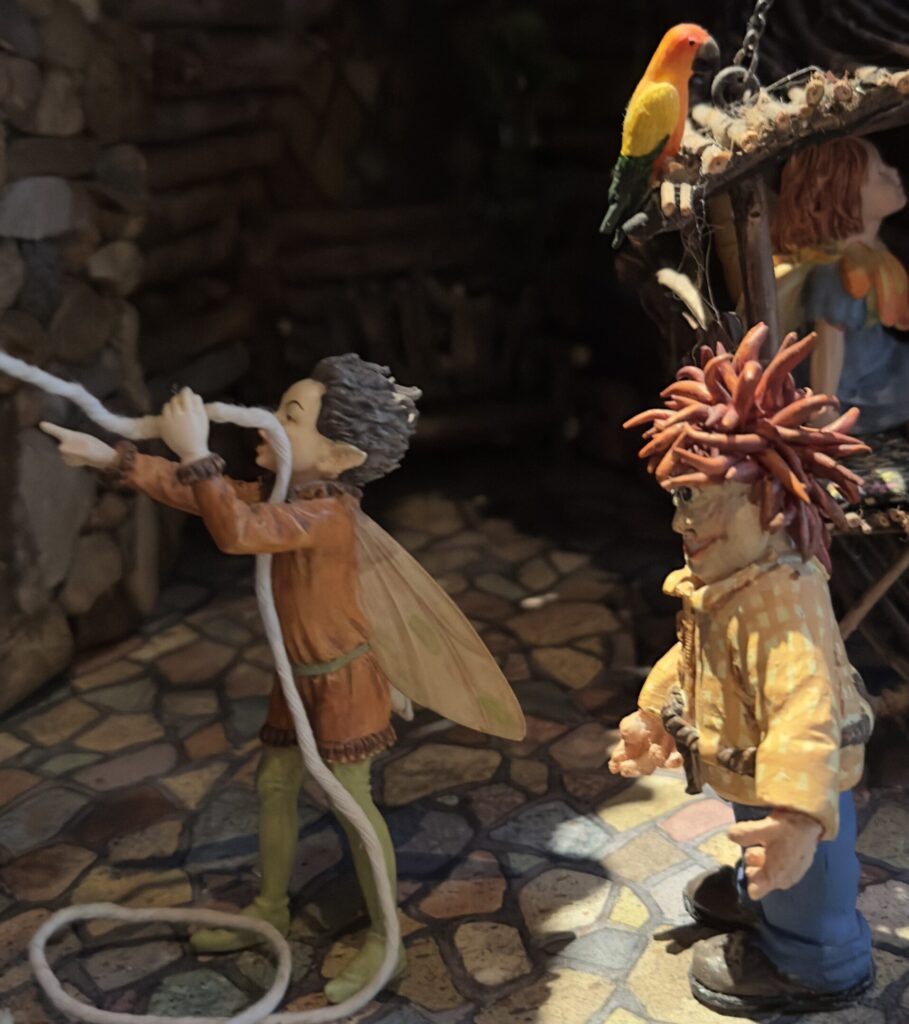
Next, Molly felt that the dollhouse would require refinements fitting for a fairy’s residence. The couple worked together on ideas and added exterior walls, windows, doors, hardware, and shutters. After that came balconies, outdoor furniture and decorative touches.
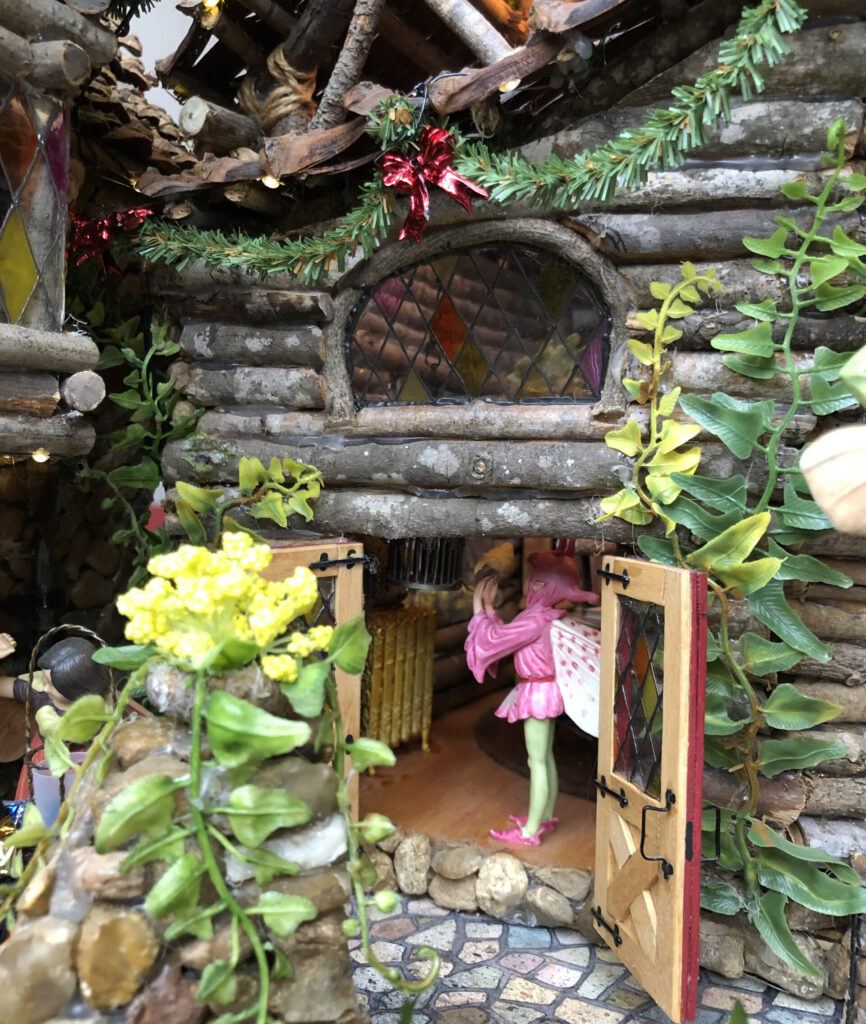
Stained-glass windows were made out of plexiglass, liquid lead and glass paint.
Floors and walkways were painted in watercolor using 300 lb. watercolor paper.
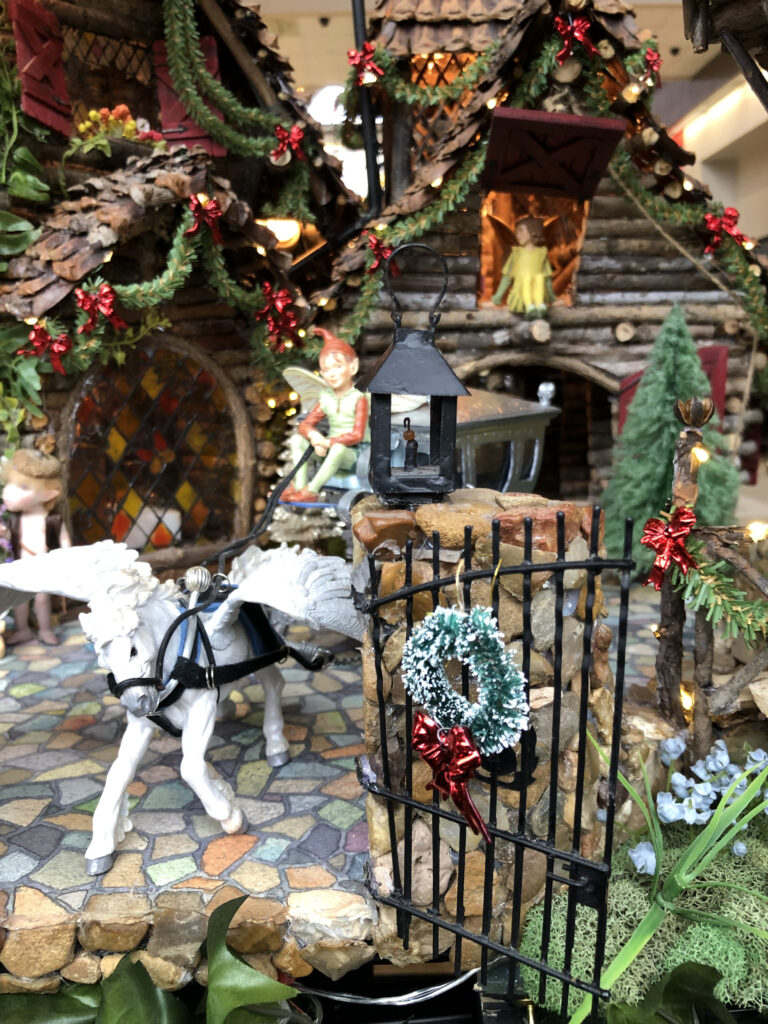

Hardware, stair railings, balconies, gates and outdoor furniture
were all constructed using bobby pins.
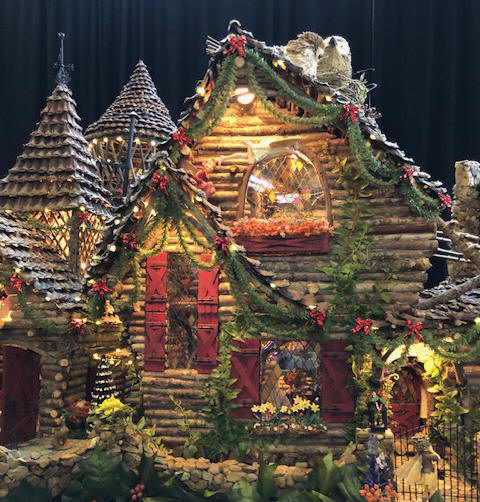
Doors and shutters were made out of popsicle sticks. Electrical wiring was added
throughout the house, using 4-watt night light bulbs discreetly hidden from view.
Decorative touches include antique doily pieces, lace, fabric and leather pieces, various seeds and Spanish moss. Miniature rugs were handmade out of yarn and wine bottle foil caps were made into dining chair seats. Magnolia seed pods became shrubs.
Thistle Downe was now ready for both Tyson and Amelia.
Initially, Molly and Gary thought they would share the characters and the house with people by way of a pamphlet with a few descriptive pieces about a house built by a troll who met a fairy, and their lives became intertwined. But then they realized, nobody had done a book on fairies and trolls!
Gary’s enchanting troll house had become the inspiration for Thistle Downe.
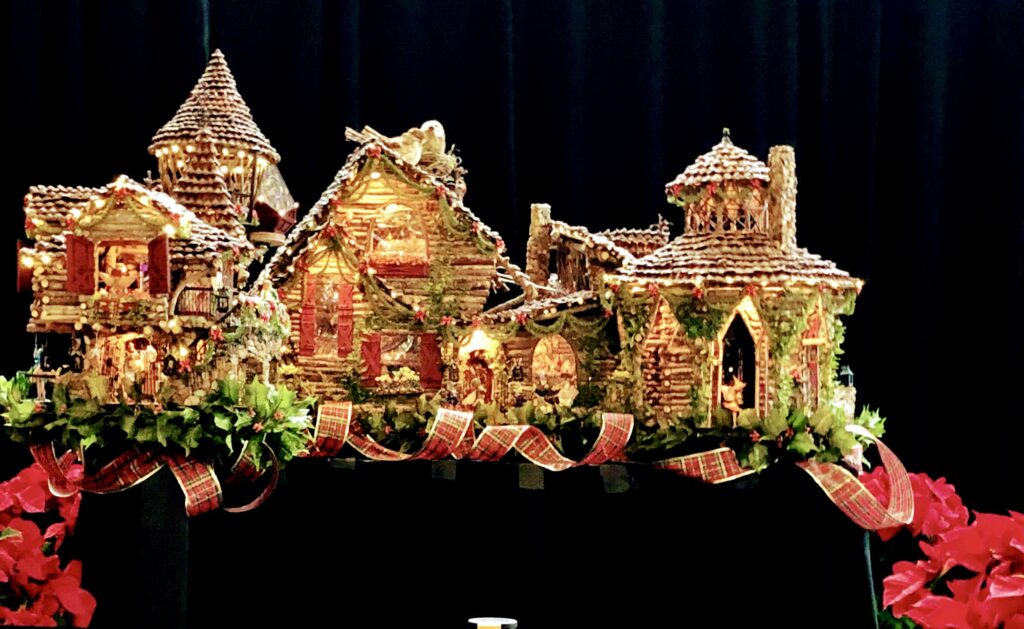
But Gary says that Molly became the real motivating force for the story. Together, the couple came up with a storyline and Molly went to her studio to begin writing the tale. Gary proudly says, “The English major put together this fantastic world of fairies and trolls. I thought she would never come down from her studio! She would write, write, write. Gary drew and Molly painted beautiful watercolor illustrations for their book. And as she worked, Gary continued making still more improvements to the house. House and story evolved, together. Gary still considers it a never-ending home improvement project. Because, nothing is too good for Tyson and Amelia.
Published!
Once Thistle Downe was completed, Molly approached Bright Sky Press, a publishing house in Houston. They didn’t get an answer back immediately so one day, feeling as strongly as they did about their book, Molly and Gary dropped off the manuscript on a desk at the publisher’s office. They had no way of knowing that the woman whose desk they’d left it on had written her thesis on “Why I believe in fairies”! Another God moment, says Gary. The woman called to accept Molly’s manuscript, and the Whitneys became published authors.
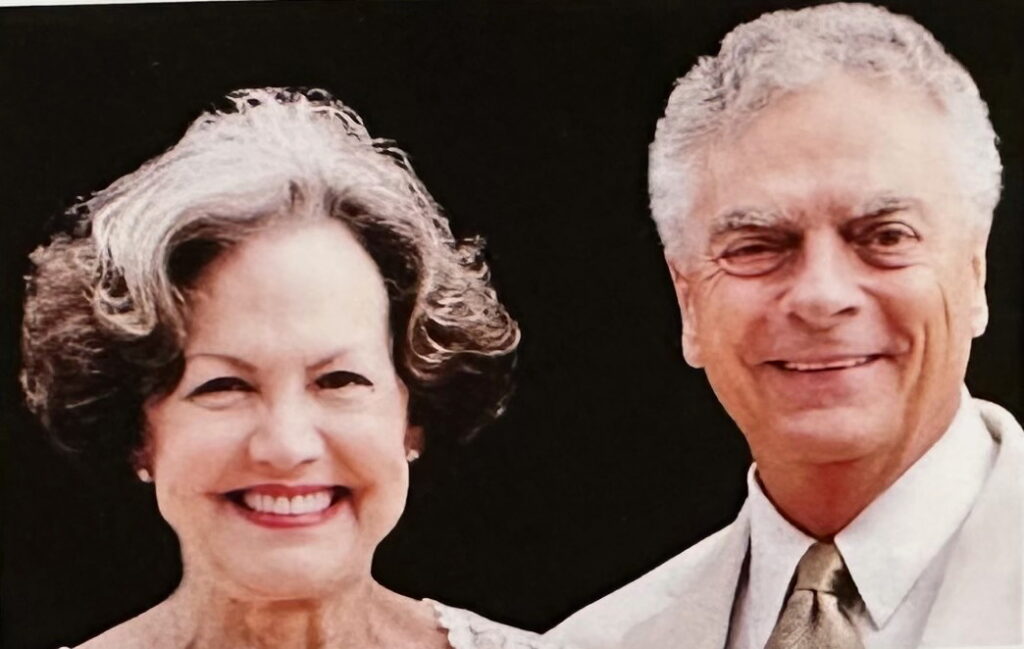
The Thistle Downe story
Tyson the troll grew up in a cave next to the bridge where his father, the famous Scandinavian troll under the bridge, lived. His father was grief-stricken and angry and turned to crime after he had lost his beautiful wife during childbirth with Tyson. Tragically, the brutish father blamed Tyson for his wife’s death and found it impossible to love his son, begrudgingly looking after him. Besides feeling unloved and unwanted, as a troll Tyson suffered discrimination for his gangly, unattractive appearance and gruff demeanor, as well as his illiteracy and troubled background.
But deep inside Tyson were kindness, and a heart of gold.
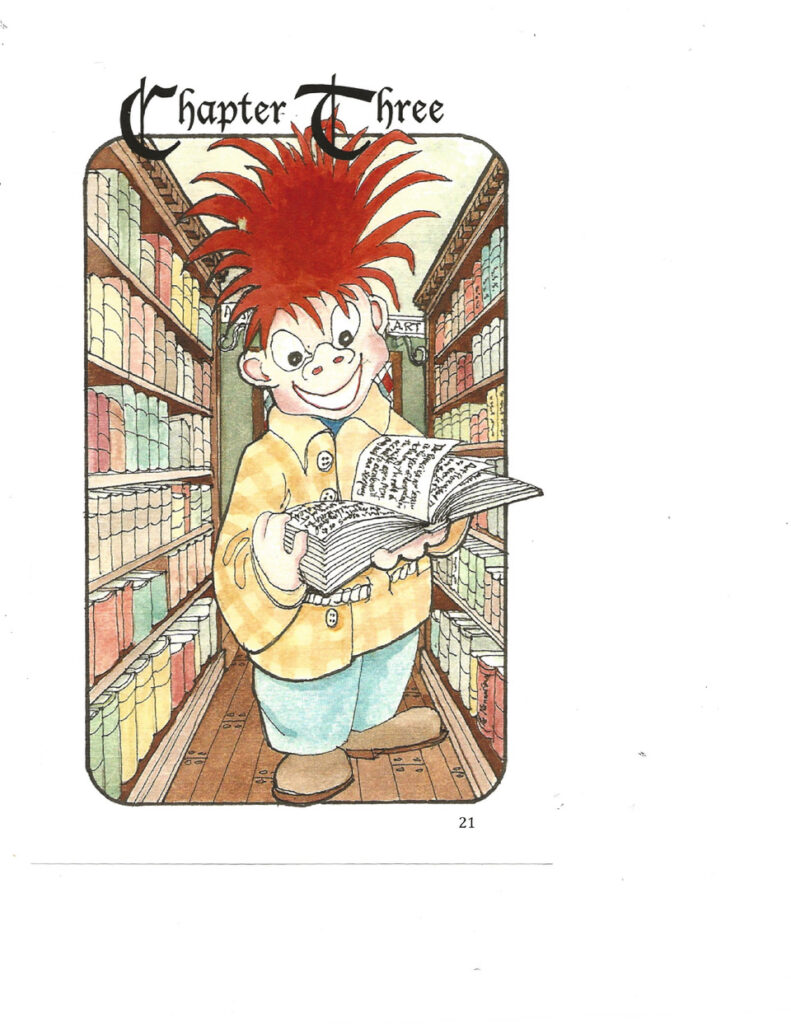

As Gary puts it: “This is the story about how we are all imperfect, some more imperfect than others. The fairy named Amelia, on the other hand, was so pure that she only saw the love in his heart. She loved him never noticing that he was a troll. That is the simplicity of the story.”

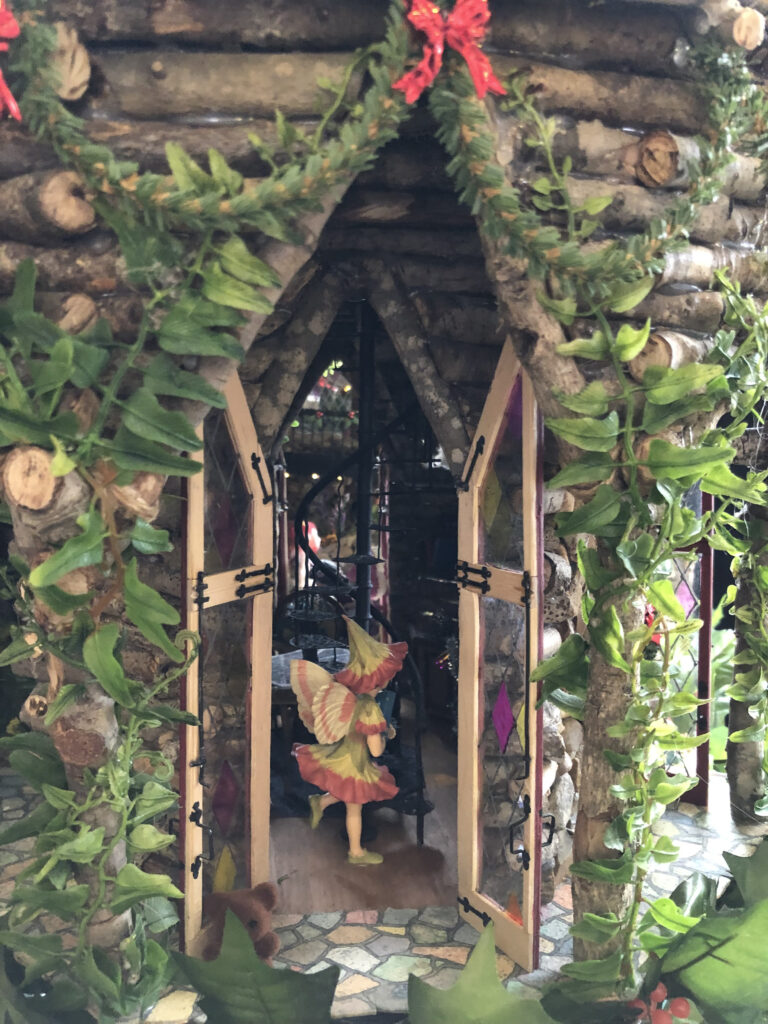
Molly added a number of fairies to the troll house, and with a smile, emphasizes that each fairy has its own special duties in Thistle Downe. “They each take their duties very seriously!”
Molly’s color illustrations couldn’t be included in the book due to the publishing price point. So, the couple went on to create a Thistle Downe coloring book; Gary did the drawings for children to color, and Molly included her favorite illustrations in the back of the book.


The wonderful and sensitively-told story of Thistle Downe fittingly earned 3 awards: the 2017 Literary Classics Seal of Approval; the 2017 Moonbeam Children’s Book Award for Best New Book in its category; and most notably, the 2017 Gold Medal from Literary Classics in the fantasy category. The couple traveled to Traverse City, Michigan, and Rapid City, South Dakota to accept the different awards.
Molly, Gary and a portion of the dollhouse were also seen at Barnes & Noble in the children’s section, proudly autographing their book for customers.

But the couple says their most moving experience was when they visited a Houston-area elementary school with over 700 students, and with troll house in tow, they read an excerpt from the book. The huge group of students assembled together remained silent and rapt with attention during the book reading. Next, each and every child slowly and in single file took time to look all through the house, noticing the creativity and workmanship with expressions of awe on their faces. One child excitedly said, “This is the best day of my whole life!!” Another child said, “Epic!!” The authors felt jubilant. “We were beaming after that,” says Molly. The school loved the couple and has invited them back to judge student art shows every year since.
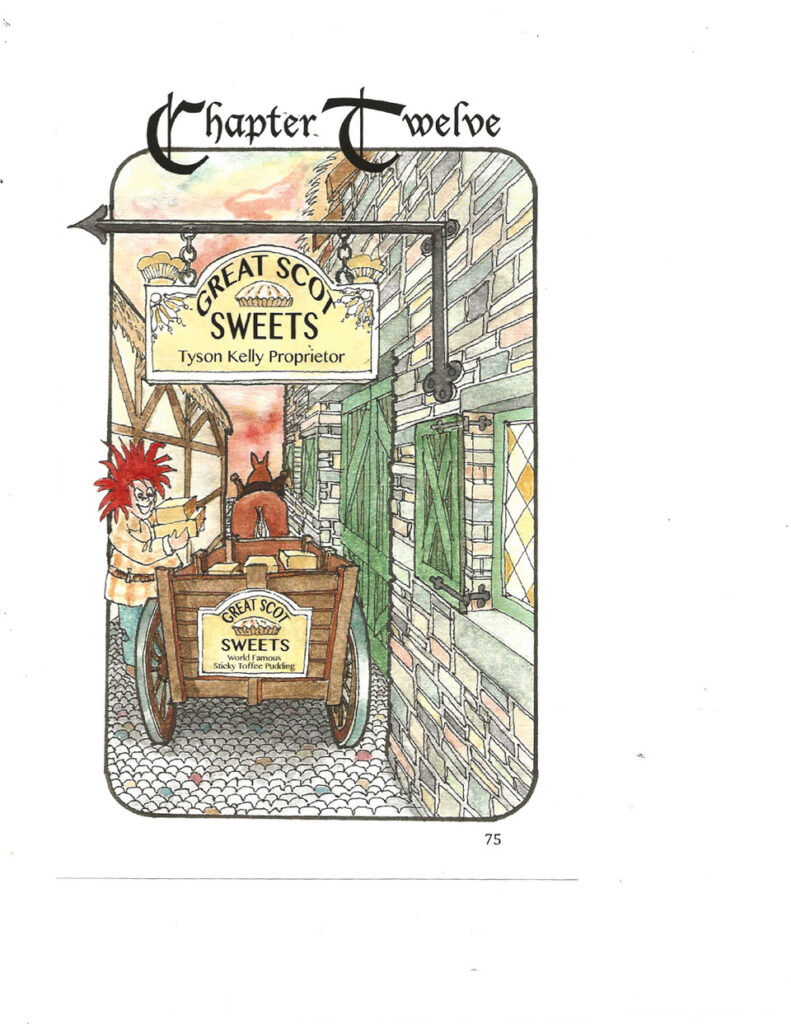
Will there be a sequel to Thistle Downe?
In anticipation of a sequel, Molly wrote several chapters and the couple was working on illustrations. Gary began work on an observatory for Tyson (who loved lying in the grass to gaze at stars and dream), and a dance studio for Amelia. But health problems that include Molly’s severe eyesight issues have made it impossible to continue the project. She says the hardest thing is being unable to drive anymore, as she is now almost legally blind.
Although health issues brought the sequel to a halt, Molly and Gary are not about to stop doing everything else that they love. They adapt and adjust, compensating for each other while keeping active.
How else do the Whitneys remain engaged in life? Read on!

Music, dinner parties with the “Yo Yo’s” and magical gardens!
Molly and Gary open their hearts and home to host house concerts in support of undergraduate and graduate musicians from the Rice University Shepherd School of Music.

Shepherd School of Music.
http://alexmorenocomposer.com
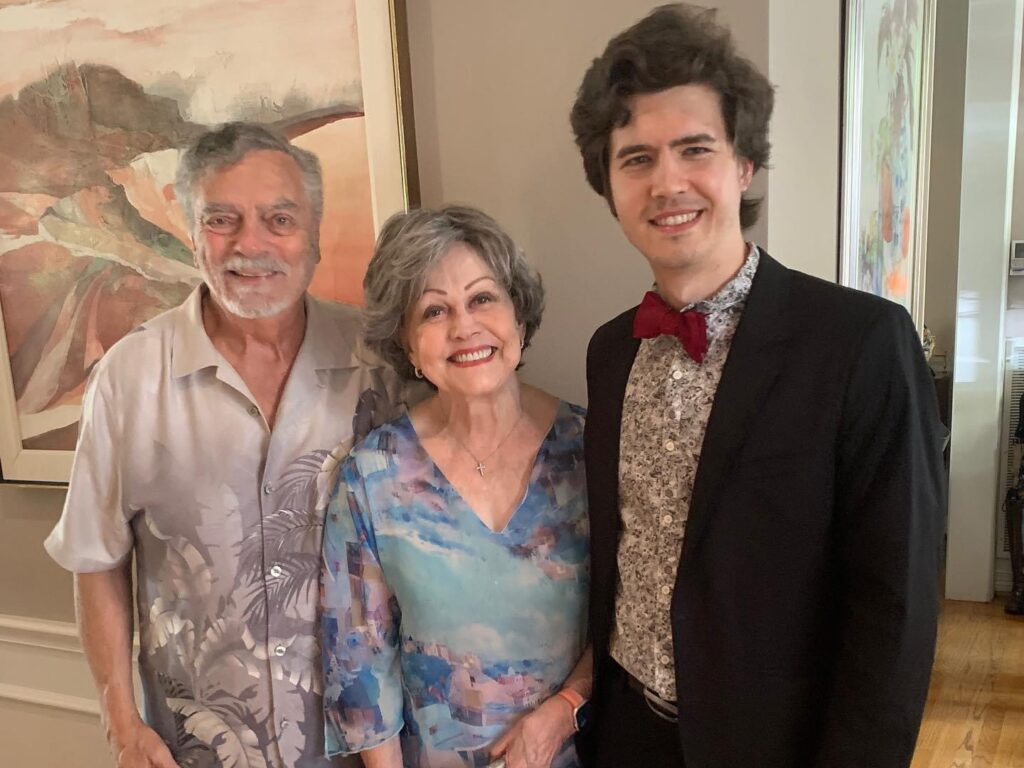
Shepherd School of Music. osipnikiforov.com
Osip stayed with Molly and Gary for an entire month leading up to his graduation from Rice University.
The Whitneys include the students, “who are like family to us” for holiday meals
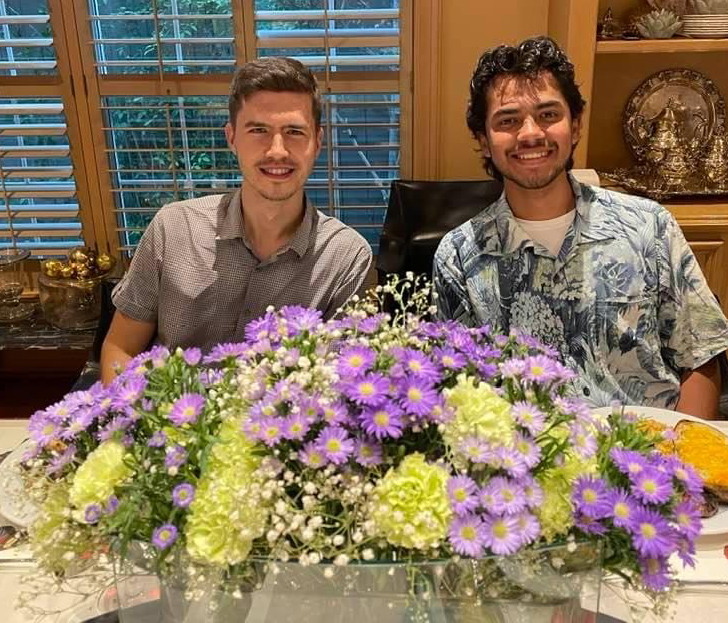
The couple sometimes travels to attend their out-of-town performances.
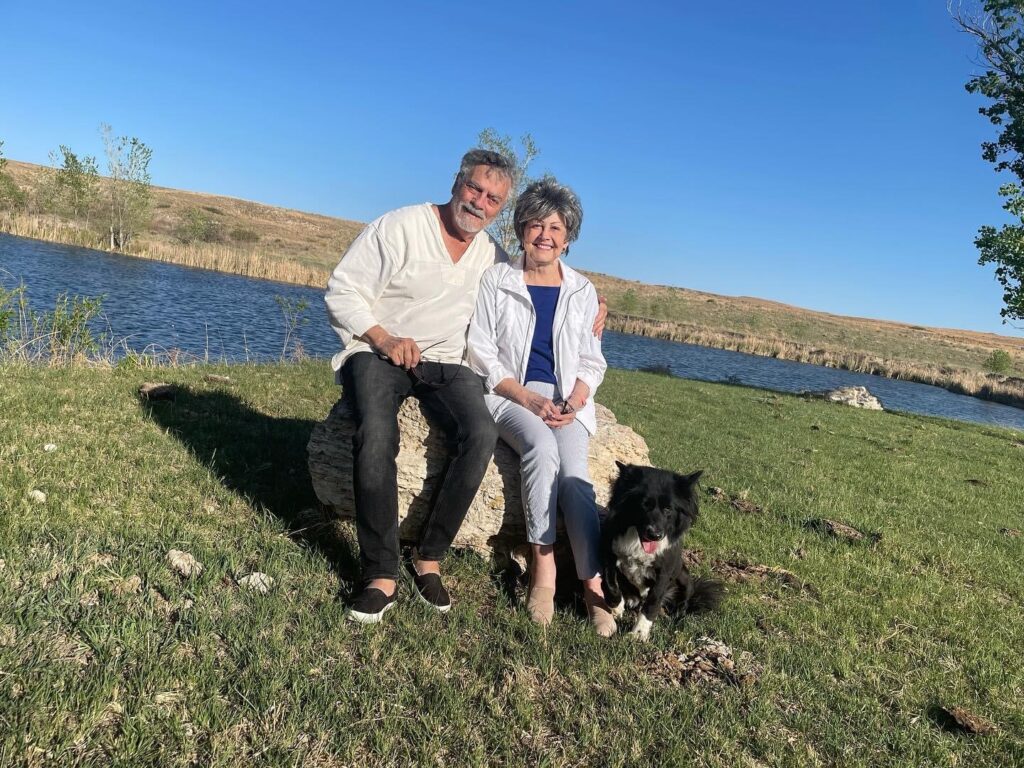
Molly and Gary also host dinner parties and collaborate on tablescapes that are visual show-stoppers.





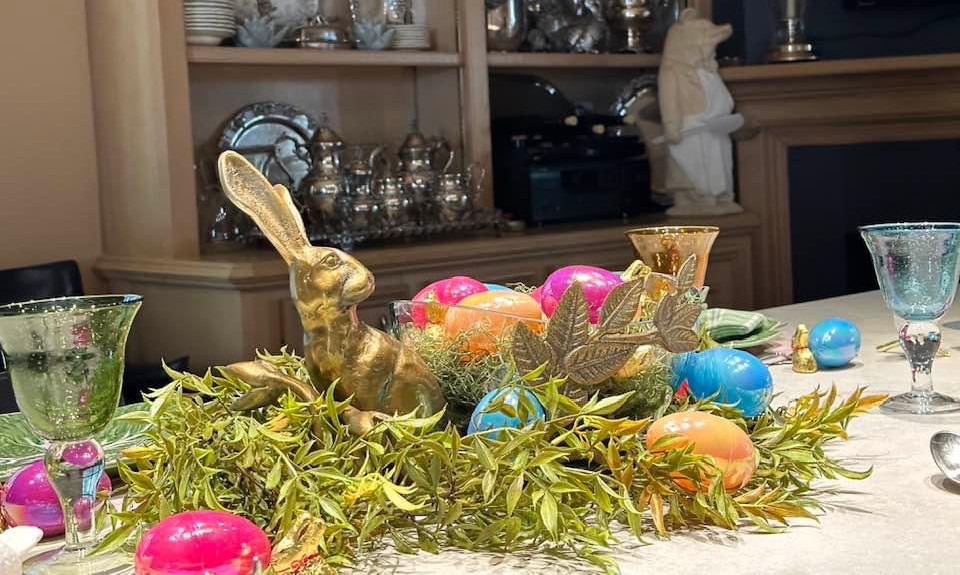
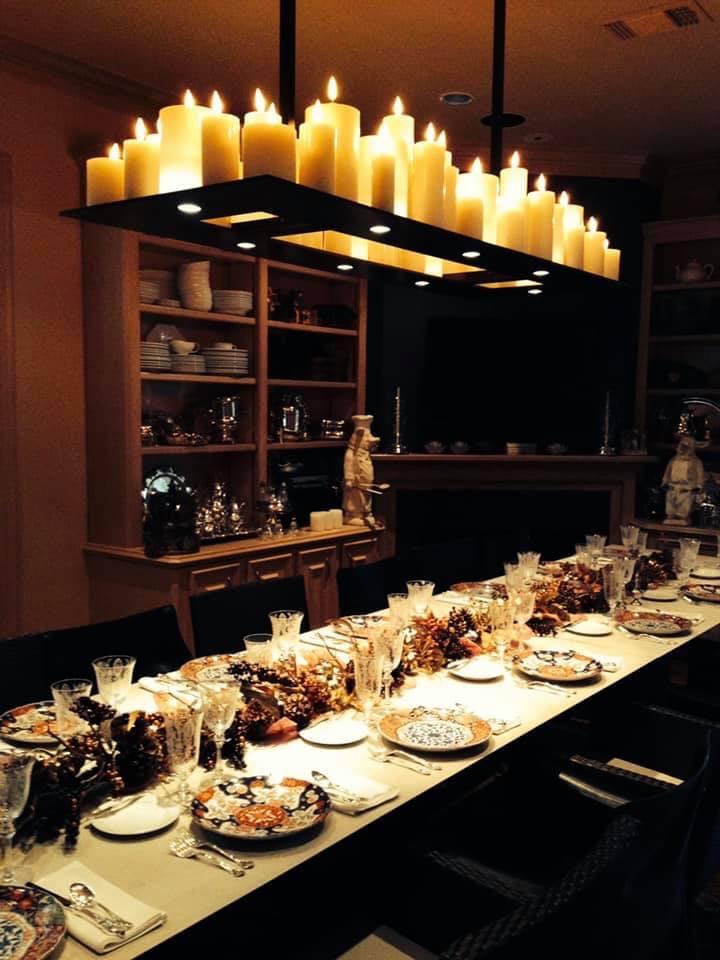

for her cakes



It is no surprise that the couple attracts and enjoys numerous friendships. Among them are the “Yo Yo’s”, four neighborhood couples in their 80’s who began getting together during Covid, and have become close-knit. They continue to share dinners, birthdays, and travels.
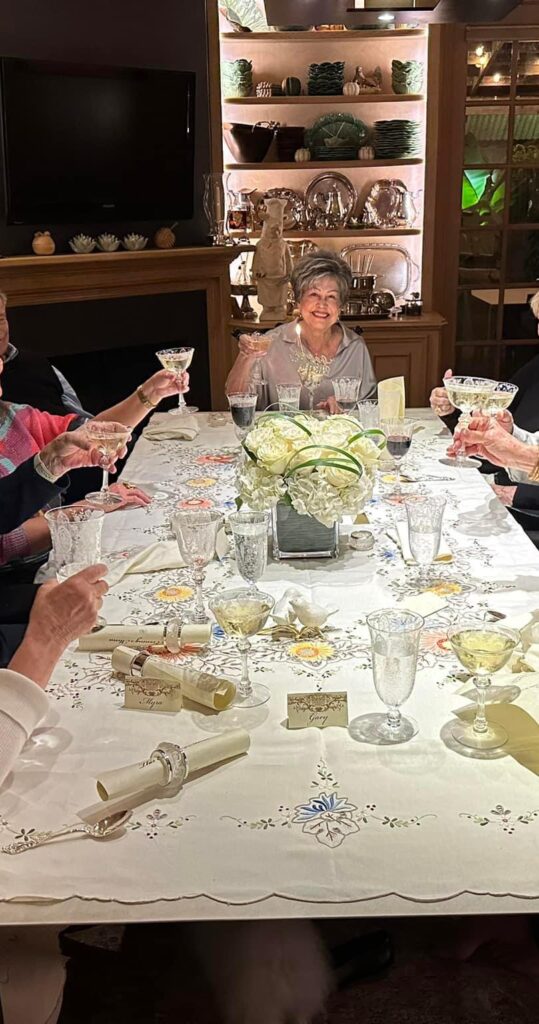
Gary enjoys designing and tending the couple’s almost-mystical tropical gardens.


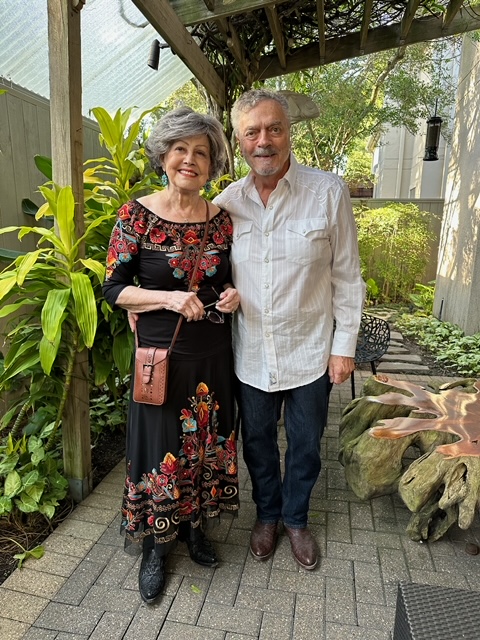


Molly and Gary each mentor confirmation candidates at their church, where they have also been church elders.
The Whitneys often impress others with how they live and their obvious devotion to each other.
Do they have closing tips to share with us for living well in later years? You bet:
From Molly: “Clint Eastwood is known for saying ‘Don’t let the old man in’. My version of this is: Always be sure to walk a little faster than the old woman.”
From Gary: “If you don’t have one already, get a pet! For the attachment and devotion you’ll have from them. And the unconditional love.” Molly and Gary have had 3 very affectionate dogs: Daisy, a rescued Bichon Frise; Ruby, a Havanese; and Pip, a Maltese.



Ruby (painted using Adobe Fresco)

If you should ever be a guest at Molly and Gary’s home, do be sure to go and take a peek at their gardens. I thought I spied a certain troll and fairy peeking out from behind a gazing ball!
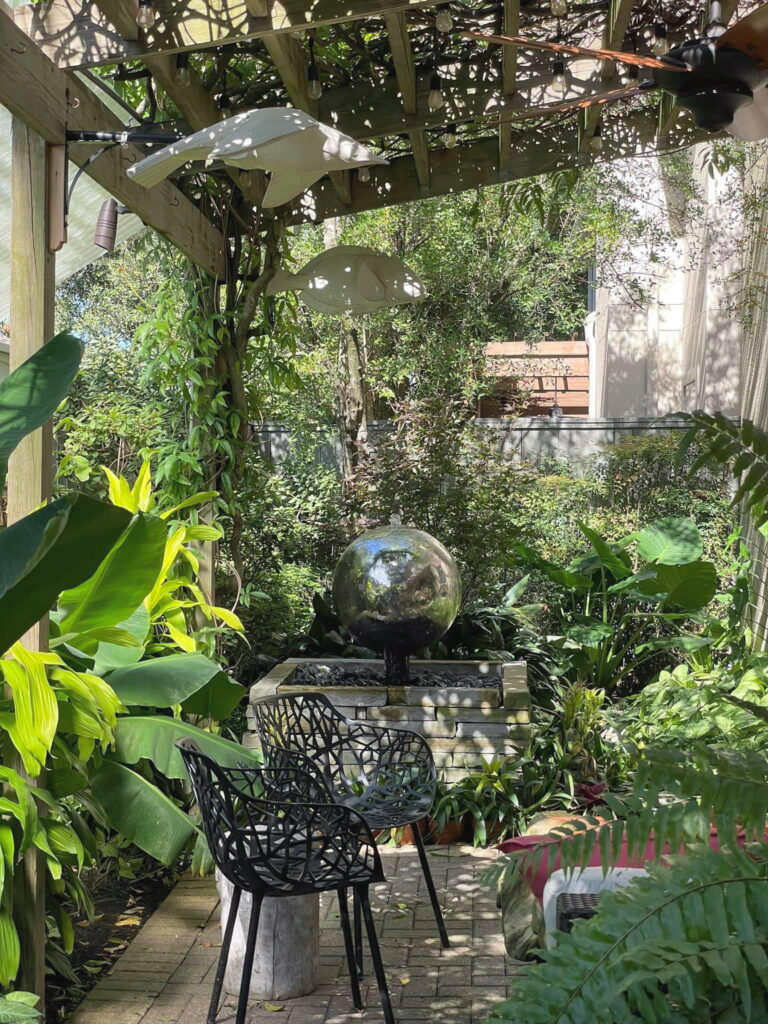

What’s next for this unstoppable couple? One can only guess! We hope that the Whitneys have inspired you to come up with ideas of your own for living well at any age, and in any circumstance.
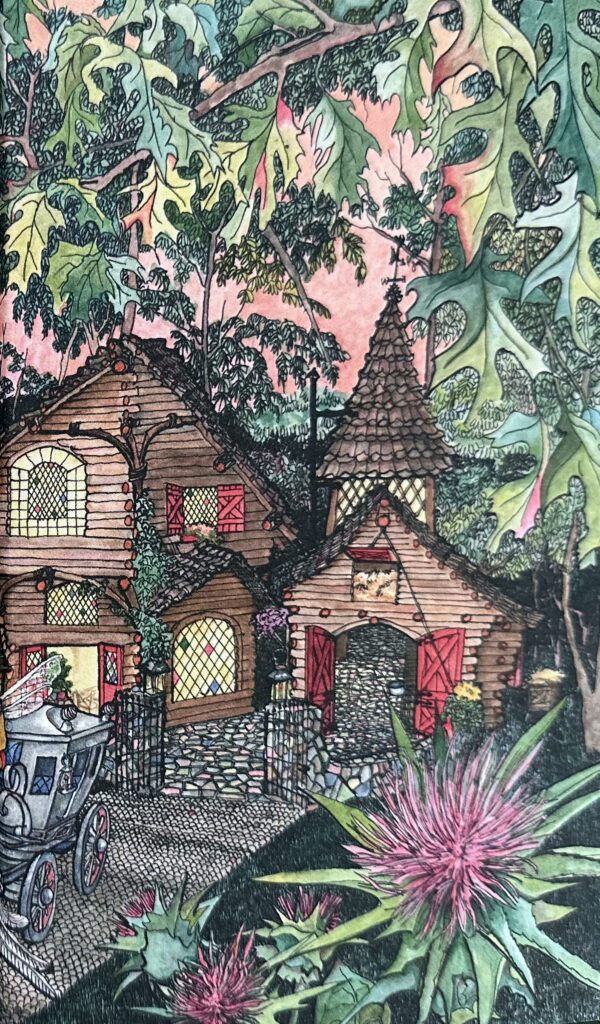
(Photos in this article provided by Molly and Gary Whitney)
Consult with your healthcare provider and other appropriate professionals before
engaging in any of the activities or following any advice in this article. Empty Nest Network is not
recommending the use of any promotions, products, or services that may be referenced in this interview and
you do so at your own risk. The views and opinions expressed in this interview and any related conversations on this website reflect the views and opinions of the interviewee only and not that of Empty Nest Network.



What a wonderful article about these two inspiring people. I love Molly’s advice to always walk faster than the old woman!
What an energetic and creative couple! Inspiring us to live and love well.
Gary and Molly are true gifts from God to every single person they encounter–they are gracious, generous, and loving. I’m grateful to call them treasured friends.
This couple emanate warmth and love. They have been dearest friends for so many years. We are blessed to know them. HUGS dearest friends
Love Gary and Molly. Two talented friends of ours that we have known for quite a few years. It’s wonderful to see them share their life stories. Kent, my husband and I can’t share enough time with them. But when we do it’s like filling our cups with joy and admiration. Let the happiness continue!